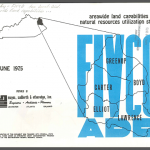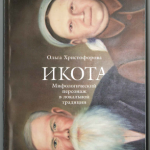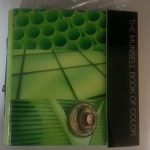Many fields in RDA records now include relator terms to describe more precise relationships between entities in a consistent way. Some relators appear in a subfield at the end of the field:
100 1_ ǂa Green, John, ǂd 1977-, ǂe author. 700 1_ ǂa Bourguignon, Laurence, ǂe translator.
Some appear at the beginning of the field:
700 1_ ǂi Based on (work): ǂa Key, Watt. ǂt Fourmile. 700 1_ ǂi Abridgement of (expression): ǂa Hughes, Laurence P. ǂt Two.
There may even be two relator terms in one field:
100 1_ ǂa DeSerranno, Daniel, ǂd 1968- ǂe author, ǂe illustrator. 700 1_ ǂa Brooks, James L., ǂe director, ǂe producer.
Some relationships do not need extra relator terms in a MARC record, as they are already precisely described by MARC fields and indicators; for example, 7XX with second indicator 2:
700 12 ǂa Martel, Yann. ǂt Life of Pi.
indicates that the work in that field is contained in the main work described in the record.
Encoding these relationships is causing some difficulty now (some catalogs consider “Cai, Luo, ǂe author” to be a different person from “Cai, Luo”, for example) but they will be increasingly useful in a linked data environment.



